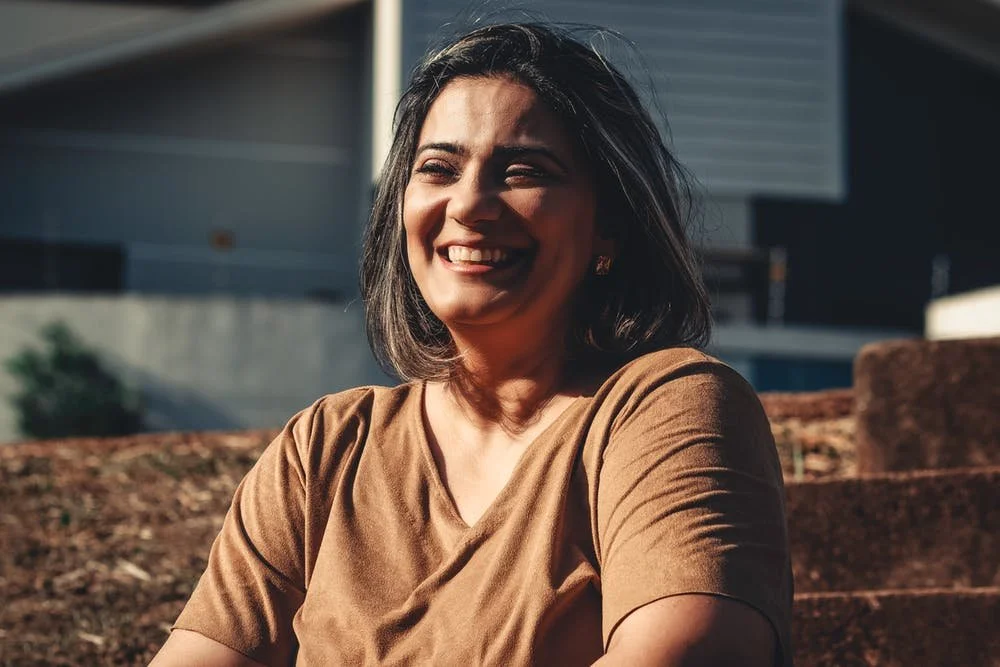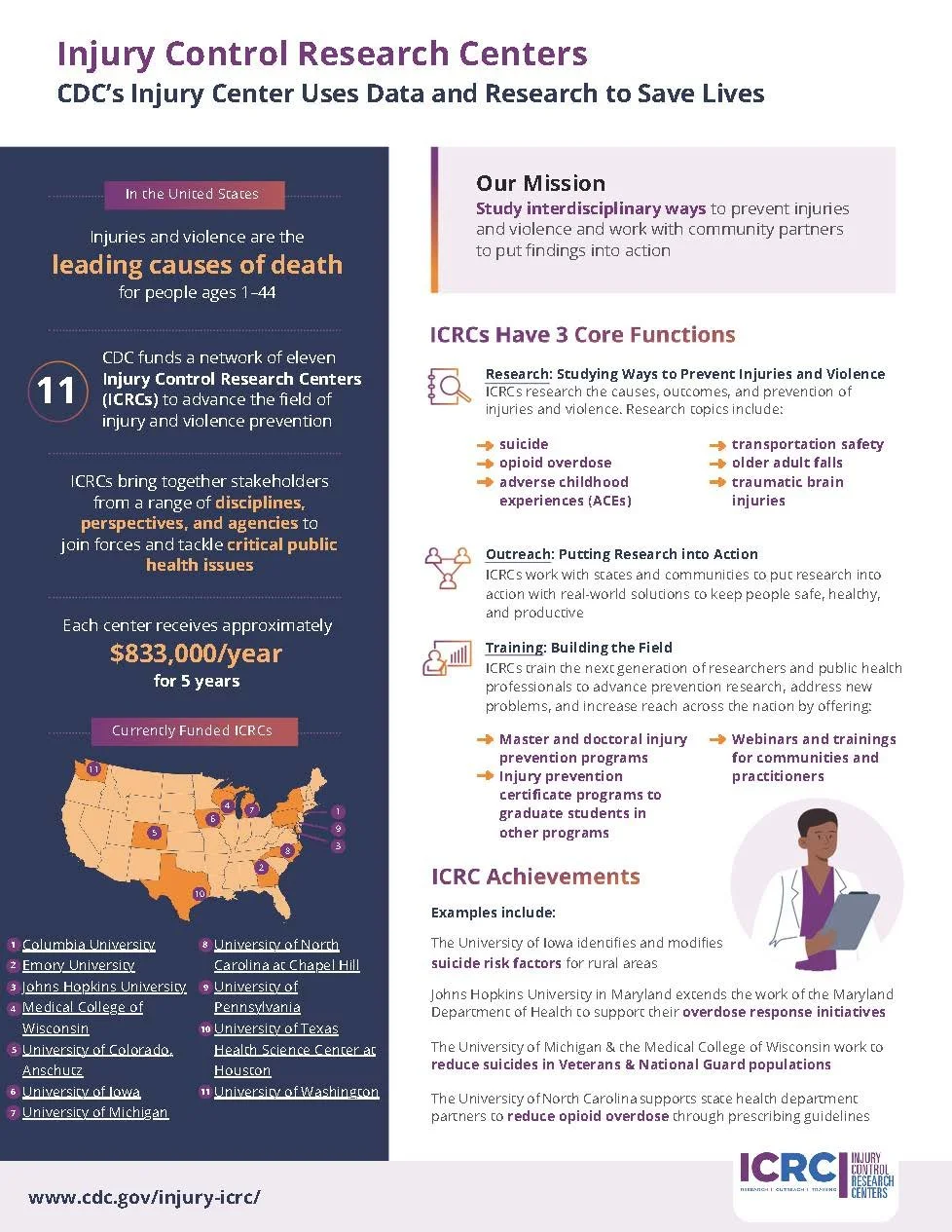Vision
To be a worldwide leader in equity-focused violence and injury prevention through research, outreach, training, and education.
Mission
To eliminate the burden of violence and injury by promoting health equity and increasing the number of researchers, practitioners, policymakers, and community agencies who detect, attend to, and support the development and implementation of effective prevention and intervention programs.
About
The Violence & Injury Prevention Research Center (VIPR), a CDC-funded Injury Control Research Center, is a worldwide leader in violence and injury prevention through research, outreach, training, and education. VIPR is unique in our initial focus on intentional injuries; centering of health equity; focus on the shared risk and protective factors across the social ecology; integrating of research, education, and outreach within a community-based participatory model; and emphasis on health policy and implementation science.
What is an Injury Control Research Center?
The CDC’s Injury Control Research Center (ICRC) program began in 1987 and has grown considerably since its inception. In 1987, four centers were awarded approximately $500,000 per center each year for five years. By 2019, the program grew to include nine centers who were awarded approximately $833,000 per center each year for five years. Typically, ICRCs are funded for five-year cycles through an externally reviewed, competitive process.
Congress currently appropriates $9 million to CDC's ICRC program to:
support core operations,
conduct the research necessary to fill gaps in the evidence base for developing and evaluating new injury control interventions and improving translation of effective interventions,
conduct training of injury control professionals, and
undertake other programmatic activities to reduce the burden of injury.
Leadership
-

Jeff R. Temple, PhD
Director
-

Melissa Peskin, PhD
Co-Director
-

Chris Greeley, MD
Co-Director
-

Mary Aitken, MD
Chair, Advisory Committee
-

Elizabeth Baumler, PhD
Director of Biostatistics
-

Cary Cain, PhD
Director of Evaluation
-

Susan Gillespie, MD, PhD
Director of Community Translation
-

Shannon Guillot-Wright, PhD
Director of Health Policy
-

Kim Lopez, PhD
Director of Outreach
-

Christine Markham, PhD
Director of Education & Training
-

Keisha Ray, PhD
Director of Bioethics
-
Leila Wood, PhD
Director of Research






